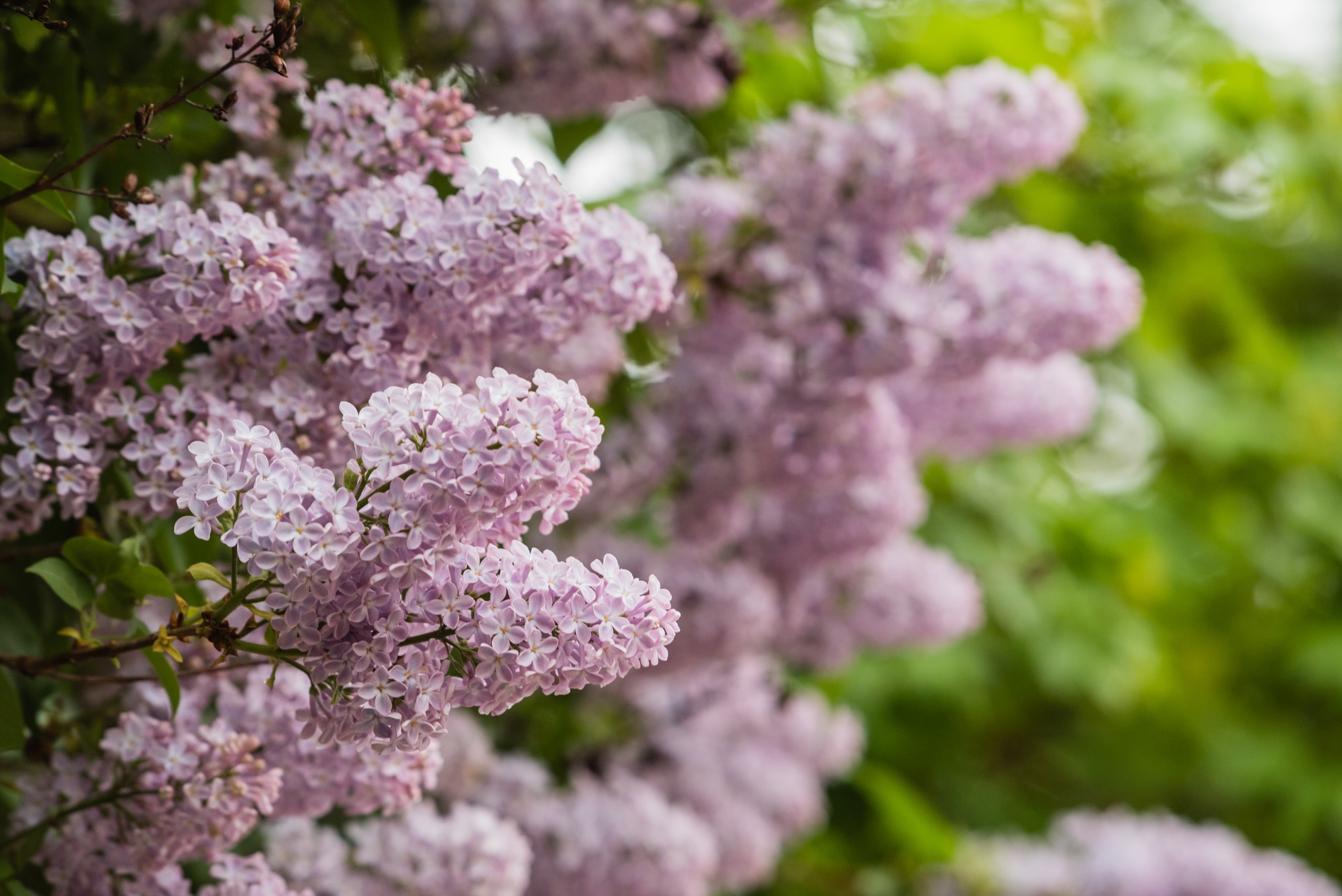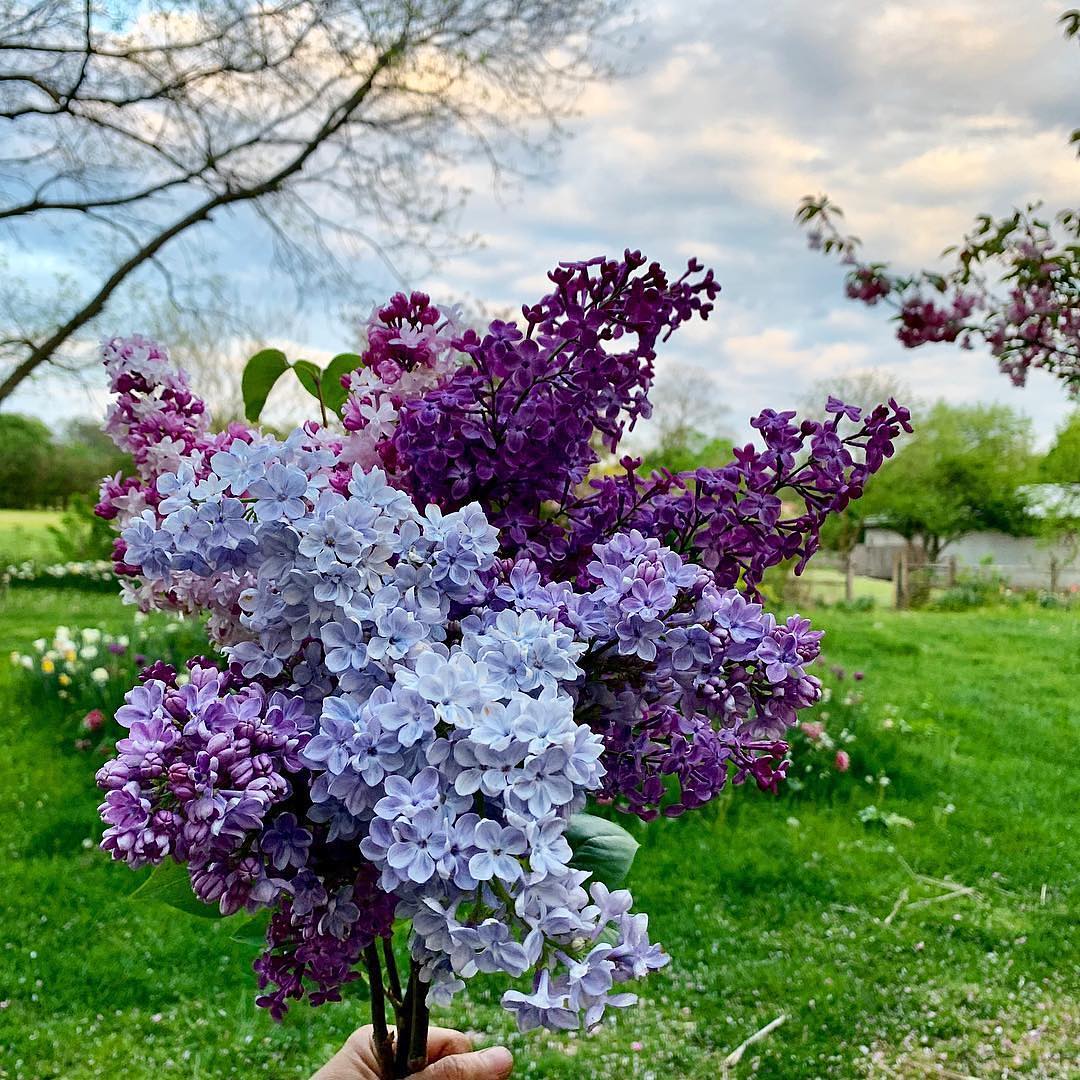Lilacs: The Smell Of Springtime
Introduction
There is no scent that is more synonymous with springtime than the smell of lilacs. The delicate, sweet fragrance of lilacs fills the air in early spring, heralding the arrival of warmer weather and new beginnings.
Lilacs are native to Europe and Asia, but they have been cultivated in North America for centuries. They come in a variety of colors, including white, purple, pink, and blue. Lilacs are a member of the olive family, and they are closely related to jasmine and mock orange.
Lilacs are a popular choice for landscaping, and they can be found in gardens all over the world. They are also used in perfumery, and lilac essential oil is a popular ingredient in aromatherapy blends.
History of Lilacs
The history of lilacs is long and storied. The first written records of lilacs date back to ancient Persia, where they were prized for their beauty and fragrance. Lilacs were also cultivated in China and Japan for centuries.
Lilacs were introduced to Europe in the 16th century, and they quickly became popular. In the 18th century, lilacs were introduced to North America, and they soon became one of the most popular flowering shrubs in the country.
Lilacs have a special place in American culture. They are often associated with springtime, new beginnings, and fresh starts. Lilacs are also a symbol of hope and resilience.
The Scent of Lilacs
The scent of lilacs is one of the most intoxicating and memorable scents in nature. It is a complex blend of sweet, floral, and woody notes. The scent of lilacs can evoke a wide range of emotions, including nostalgia, joy, and peace.
The scent of lilacs is caused by a number of different compounds, including linalool, geraniol, and nerol. These compounds are also found in other flowers, such as jasmine and rose. However, the combination of these compounds in lilacs creates a unique and unforgettable scent.
The Benefits of Lilacs
In addition to their beautiful flowers and intoxicating fragrance, lilacs also have a number of benefits. Lilacs are a source of nectar for bees and butterflies, and they help to pollinate other plants. Lilacs also have medicinal properties, and they have been used to treat a variety of ailments, including anxiety, depression, and insomnia.
Lilacs are also a popular choice for essential oils. Lilac essential oil is a powerful antioxidant, and it has been shown to have anti-inflammatory and antibacterial properties. Lilac essential oil is also a popular ingredient in aromatherapy blends, and it is often used to promote relaxation and reduce stress.
How to Enjoy Lilacs
There are many ways to enjoy lilacs. You can plant lilacs in your garden, or you can visit a local park or garden that has lilacs in bloom. You can also buy lilacs at a florist or nursery.
If you have lilacs in your garden, you can enjoy their fragrance by simply walking past them. You can also pick some of the flowers and bring them indoors. Lilac flowers can be used to make bouquets, wreaths, and other decorations.
Lilac essential oil can be added to bath water, diffusers, or lotions. You can also use lilac essential oil in aromatherapy massages.
Conclusion
Lilacs are a beautiful and fragrant flower that is synonymous with springtime. They have a long and storied history, and they offer a number of benefits. Whether you enjoy lilacs in your garden, in a bouquet, or in an essential oil, you are sure to appreciate their beauty and fragrance.
Lilac bushes are a beautiful and fragrant addition to any garden. If you're interested in learning more about these versatile plants, I recommend visiting Garden Wiki. This website is a wealth of information on all things lilac, from choosing the right variety for your climate to caring for your plants.
In addition to providing detailed information on lilac bushes, Garden Wiki also features beautiful photos and illustrations of these plants. You can also find helpful tips on how to propagate lilacs, as well as recipes for using lilac flowers in cooking and other projects.
Whether you're a beginner gardener or an experienced lilac grower, I'm sure you'll find something valuable on Garden Wiki. So what are you waiting for? Visit the site today and learn more about these amazing plants!
FAQ of lilac bush
Question 1: How much sun do lilacs need?
Lilacs need full sun, meaning at least 6 hours of direct sunlight per day. They will tolerate some shade, but too little light can limit their bloom. They do not do well in full shade.
Question 2: What type of soil do lilacs prefer?
Lilacs prefer well-draining soil. They can tolerate a variety of soil types, but they will not do well in heavy clay soil or soil that is prone to waterlogging.
Question 3: How do I propagate lilacs?
Lilacs can be propagated from seeds, cuttings, or suckers. Seeds are the most reliable method, but they can take several years to bloom. Cuttings are a faster way to propagate lilacs, but they are more difficult to root. Suckers are the easiest way to propagate lilacs, but they will not produce the same variety of flowers as the parent plant.
Question 4: How do I care for a lilac bush?
Lilacs are relatively easy to care for. They need to be watered regularly, especially during the first year after planting. They also need to be fertilized in the spring. Lilacs are susceptible to a few pests and diseases, but they are generally easy to control.
Question 5: How long does it take for a lilac bush to bloom?
Most lilac bushes will start blooming after 3-4 years. However, some varieties may take as long as 6-7 years to bloom.
Image of lilac bush
- A lilac bush in full bloom, with its lavender flowers cascading down the branches.
- A close-up of a lilac flower, showing its delicate petals and sweet fragrance.

- A lilac bush in a garden, with its flowers providing a splash of color against the green foliage.

- A lilac bush in the springtime, with its new leaves just starting to unfurl.

- A lilac bush in the fall, with its leaves turning shades of purple, red, and orange.

Post a Comment for "Lilacs: The Smell Of Springtime"